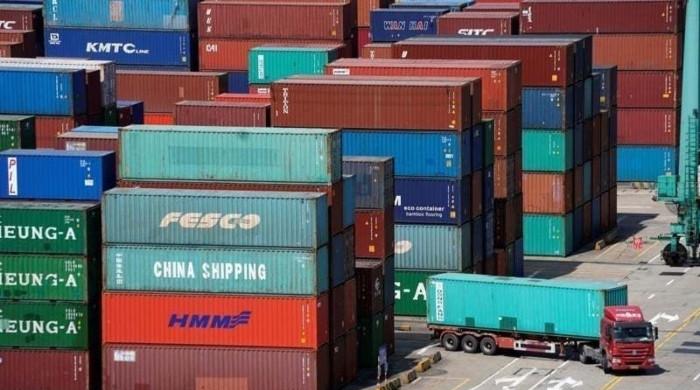Expensive food and child stunting
Forty per cent of children in Pakistan are underweight, and a majority of them are stunted
January 05, 2022

For years, the health burden linked with children and mothers has been largely ignored. If girls at their adolescent or reproductive age are malnourished, they are more prone to high-risk pregnancies and childbirth.
There is also a possibility that children of malnourished mothers will be born with low birth weight, repeating the malnutrition cycle. Adequate nutrition of girls is quite important, given nutrition failure during the pregnancy period results in lifelong adverse consequences for them and their future children.
The recent assessment by the National Nutrition Survey (2018) revealed the disturbing nutritional status of girls in late adolescence (aged 15-19 years). The report highlighted the high prevalence of micronutrient deficiencies; anaemia stood at 54%, the folic acid deficiency was 49%, and zinc and Vitamin A deficiencies were calculated to be 42% and 40%, respectively.
These indicators are alarming, especially considering the country’s GDP and comparing it with its neighbour. While Afghanistan has seen significant declines in child growth stunting since 2004, Pakistan continues to see a sharp increase.
Another significant indicator of the health and nutritional status of a population is the ‘under-five mortality rate’. Recent surveys in Pakistan show that this rate is 137 per 1,000 births, which is alarmingly high by international standards. According to nationwide food consumption surveys, 40% of children in Pakistan are underweight, and a majority of them are stunted.
The second window of opportunity to overcome child stunting is to provide infant nutrition products during the early period of growth. If infants cannot get nutrition from their mothers, it is important to provide them with nutrients through external food.
And given the poor micronutrient status of women in Pakistan, consideration should be given to supplementary foods that can help infants overcome their nutrition deficiencies. This situation makes it imperative for the government to use all the possible avenues that can contribute to reducing the problem of child stunting.
But the incumbent government’s current action of raising the price of infant nutrient products is limiting this second window of opportunity to provide children with the nutrients they need to grow and thrive and, consequently, overcome stunting.
The present government mentioned the issue and the effects of food insecurity and malnutrition on the mental and physical health of children in its 2018 election manifesto. Promises were made to address the daunting crisis of stunting in the country.
The prime minister, while giving his first speech to the nation, committed to the government’s priorities for the prevention of stunting. But the recent action of imposing a 17% sales tax on locally produced infant nutrition products and baby food in the ‘supplementary finance bill’ is in contradiction to the promises made by the PM.
Considering the high inflationary climate, there is a need to ensure that locally made nutritional products for infants and children are available at lower and more affordable prices as compared to high-priced imported products, making them accessible to meet the nutrition needs of children.
Good nutrition is important for nearly two years of life. Early childhood malnutrition results in increased morbidity and mortality, poor cognitive development, and potential diseases in adulthood, leading to a resourceless population that is hardly attributable to the economic aspects of a country. To grow to their full potential, children need a lot of nutrients – more than at any other time in their lives.
Making nutritional products high-priced can have far-reaching negative impacts on future generations. The government should implement nutrition interventions at all levels, including the availability of affordable baby food in the community, to avoid malnutrition in the population in the future.
In a developing country like Pakistan, which faces a malnutrition emergency and where, due to ill health and other underlying medical conditions, mothers cannot provide the required nutrition to their children, alternative nutritious foods should be available at affordable prices to disrupt the cycle of malnutrition.
The government should rethink its decision to make alternative nutritious food products expensive and unaffordable for the population and ensure that no one misses the second window of opportunity to make the future generation healthy and productive.
The writer is a public health consultant. She can be reached at [email protected]











